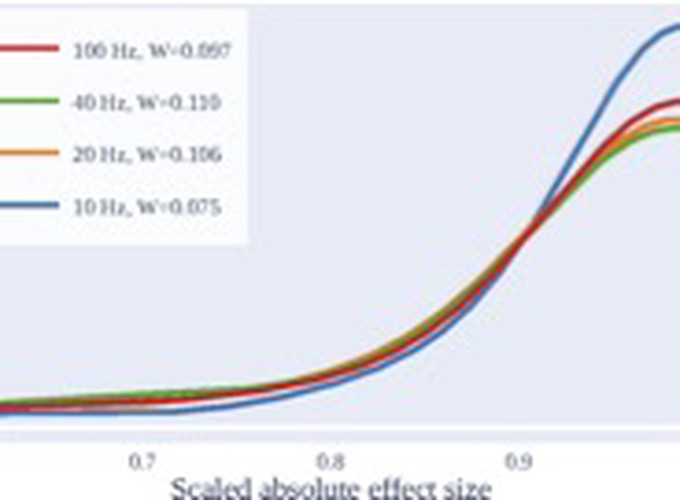Which features of postural sway are effective in distinguishing Parkinson's disease from controls? An experimental investigation
Abstract
Computer-assisted quantification and analysis of postural sway may support identifying individuals affected by Parkinson’s disease (PD). Balancing, and its associated postural sway, is a complex process that requires the cooperation of several sensory systems in the brain. Unsurprisingly, a neurodegenerative disease can affect such processes, manifesting itself in the postural sway of affected individuals. Different aspects of postural sway can be quantified and represented as features, which can be used to distinguish between patients and controls. Our aim, inspired by a recent systematic literature review, was to experimentally determine whether sampling frequency and visual state had a meaningful impact on the effectiveness of features in distinguishing between the two groups, and whether overall discriminability could be improved using machine learning. We extracted 102 unique features from 78 postural sway recordings and found that the effectiveness (quantified by an effect size and the average area under the receiver operating characteristic curve) with a sampling frequency of 10 Hz was superior to 20, 40, and 100 Hz, though not with high confidence (quantified through Bayesian analysis). We also concluded that effectiveness under the eyes closed condition was higher than the eyes open condition (confirmed through Bayesian analysis), though combining features from both conditions was superior. Finally, we showed that using machine learning to analyse multiple features through feature selection resulted in higher discriminability in almost all cases. The code for these experiments have been released at https://github.com/Wenbo-G/pd-sway-analysis under the MIT license. When using our code, please cite this paper.
